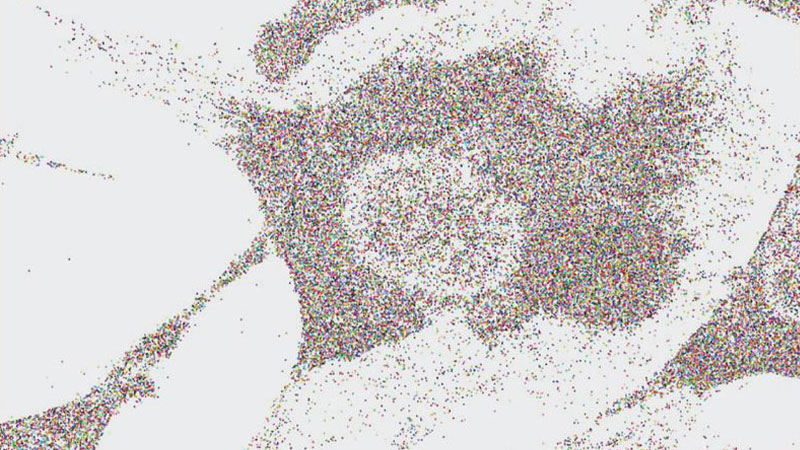Work at Cai lab published by first author Chee Huat (Linus) Eng in the March 25, 2019 issue of Nature. Also featured in Caltech News this week, the paper describes the novel RNA seqFISH+ technique for super-resolved imaging of the transcriptome in situ.
Caltech News interviews Linus and Long Cai about their work and the revolution in spatial genomics the work signifies. From the article:
While it is useful to know the genes expressed by a single cell, it is also important for studies of biological systems to know how cells interact with and influence their neighbors. For example, a cell located directly next to a cancerous cell will receive different chemical signals and behave differently than a cell elsewhere in the body. Thus, it is desirable to know the transcriptomes of cells while also preserving their positions, or spatial integrity, relative to one another.
The Cai laboratory has now developed a technique that can do exactly that and with high accuracy and at genome-scale coverage.
“We now have an independent in situ discovery tool,” says graduate student Chee-Huat Linus Eng, the study’s first author. “This is exciting because, previously, imaging methods required prior knowledge obtained from technology that required dissociating cells from their original tissue. But now anyone without any prior knowledge of a biological system can directly profile distinct cell types and identify their neighbor-specific gene expression with spatial information preserved.”
Read the full article at Caltech News
View the research publication at Nature

